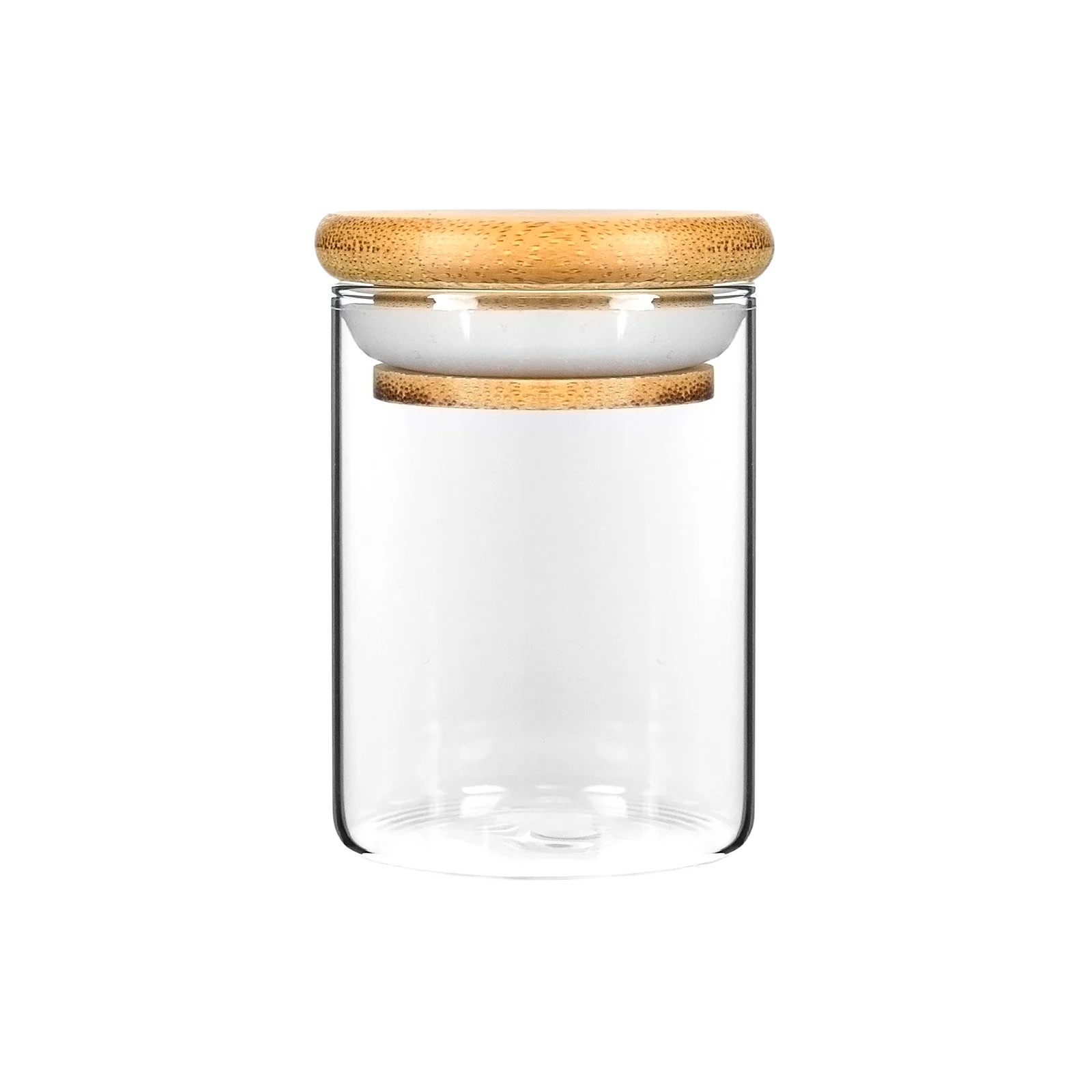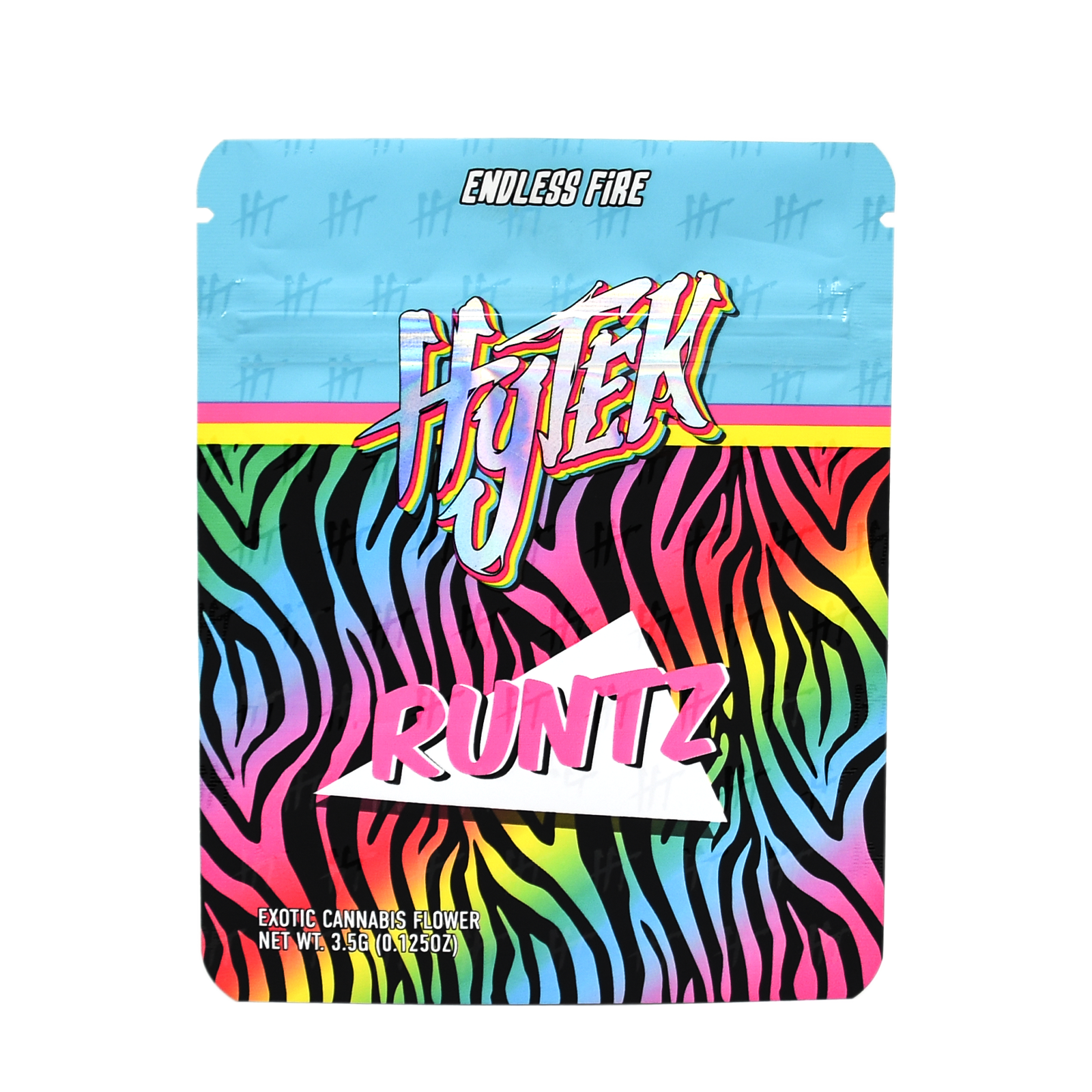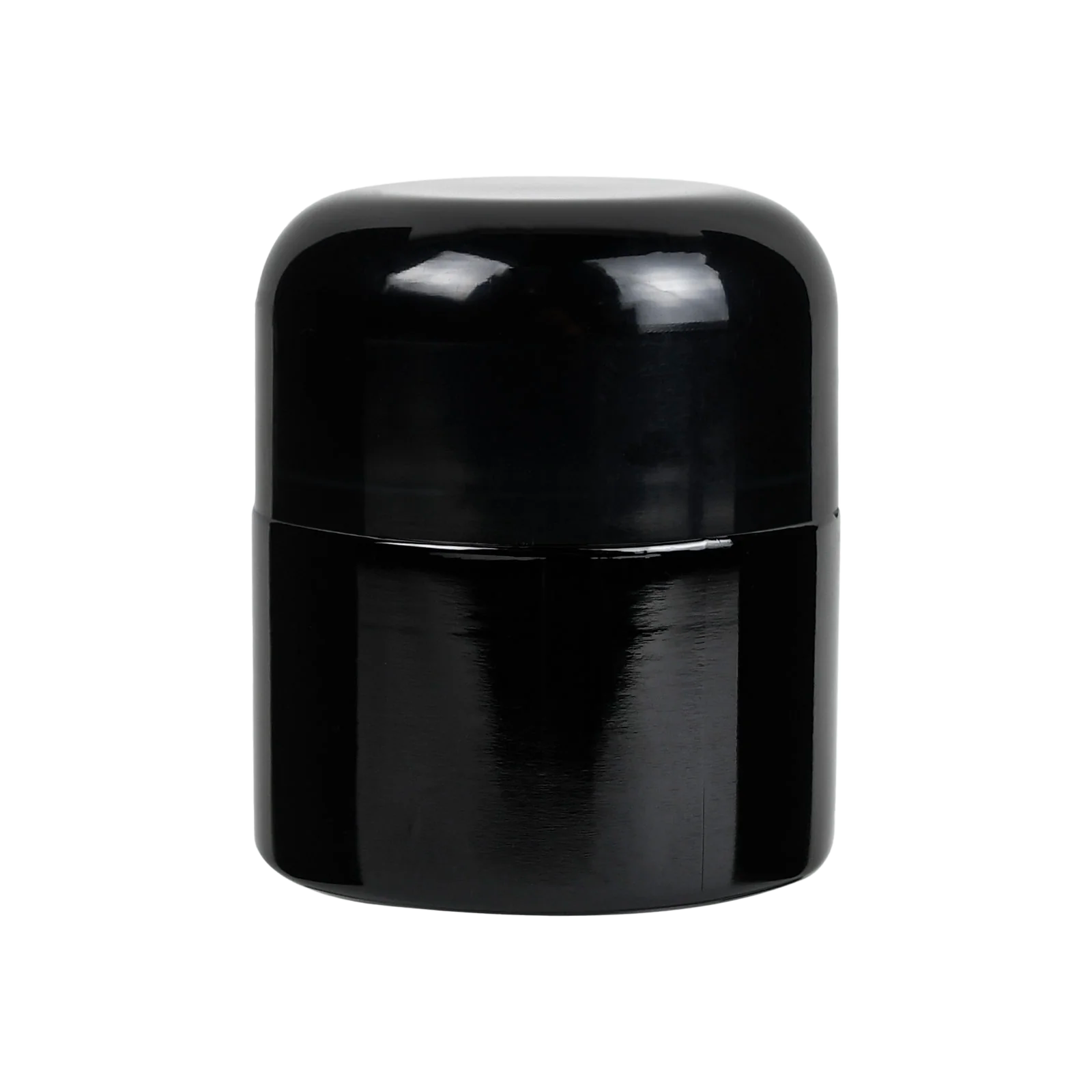Does Your Product Require Flexible Packaging or Rigid Packaging?
The differences between flexible packaging and rigid packaging are vast. Which type of packaging you choose for your product will depend heavily on the nature of the product itself. It may seem like a cut-and-dry choice but you need to carefully weigh all of the benefits of both packaging types to make sure that your product is being presented in the most secure yet attractive manner.
Here are a few important questions to ask yourself when determining whether flexible packaging or rigid packaging is right for your product:
- Does your packaging need to be rugged and/or resilient?
- Does it require easy portability?
- Does it require sealing closures?
- Is your packaging meant to be disposed of after a single use or is it meant for extended long-term use?
That last question may be difficult to imagine without examples. We can consider the blister packaging of a light bulb an example of packaging that would be immediately discarded. By comparison, the packaging for shampoo would need to last over several weeks until the product was completely used before it could be thrown away.

The Ruggedness of Rigid Packaging
You're already familiar with rigid packaging and flexible packaging, even if the terms are new to you. Rigid packaging was most likely introduced to you through its popular use in the food and cosmetics industries. As the name would suggest, rigid packaging is far less compromising than flexible packaging and is meant to protect the contents from force or simply to secure a sensitive substance, such as a liquid or gel. The shampoo bottle we mentioned in the example above is a perfect case of rigid packaging at work. The rigidity of the plastic creates a reliable housing for the shampoo so you can use it over an extended amount of time.
The Convenience of Flexible Packaging
Flexible packaging may not have the durability of rigid packaging but it can offer more convenience and easier mobility. Flexibility doesn't necessarily compromise longevity. You can still use flexible packaging over an extended amount of time just like you can the rigid packaging of a shampoo bottle. Sealable plastic bags are a great example of long lasting flexible packaging. Like rigid packaging, you'll find flexible packaging used heavily in the food industry and, to some degree, the cosmetics industry (think of the pouches for disposable makeup sponges to get an idea). However, you can find flexible plastic packaging in a lot of other industries, such as pharmaceuticals (lozenge bags), cannabis (mylar exit packaging), clothing (bulk packaging for socks), auto accessories, and many more. Pretty much any product that would benefit from easily mobile packaging is a potential contender for flexible packaging. However, it rarely provides the rugged protection of rigid packaging.
There are many factors worthy of your consideration when mapping out the packaging of a product. Choosing between flexible and rigid packaging is a great place to start. In most cases, the answer will be intuitive but your product deserves careful consideration so it's worth exploring both options and their array of benefits. In the world of plastic packaging, you'll find both examples and inspiration almost everywhere that you look.



